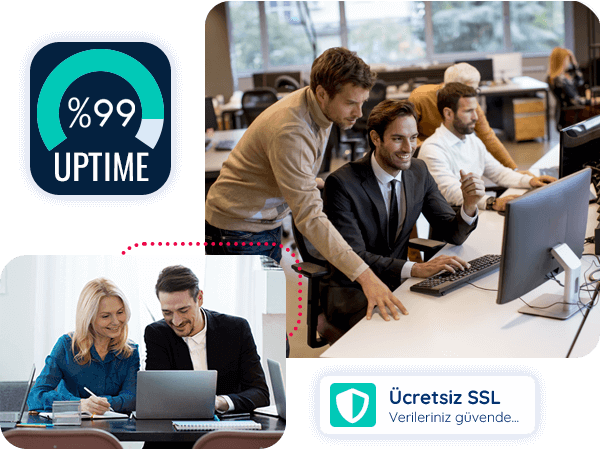
- Home
- Domain
- FREE Whois Protection is provided for all domain name registrations.
- SSD DiskHosting
- SSL certificate is provided FREE of charge in all our web hosting packages.
- UnlimitedReseller
- Servers
- Full performance, full hardware, server leasing solutions for every budget.
- Software
- Corporate
-
Support and Help
Knowledge Base Create Support Request Frequently Asked Questions Recent Posts from BlogOther Pages
Partnership (Dealership) License Verification Service and Use Agreement Privacy Policy Cookie PolicyCustomer Service+1 732-776-6536
E-Mail Addressinfo@example.com
Deals%20 Welcome Discount
-








